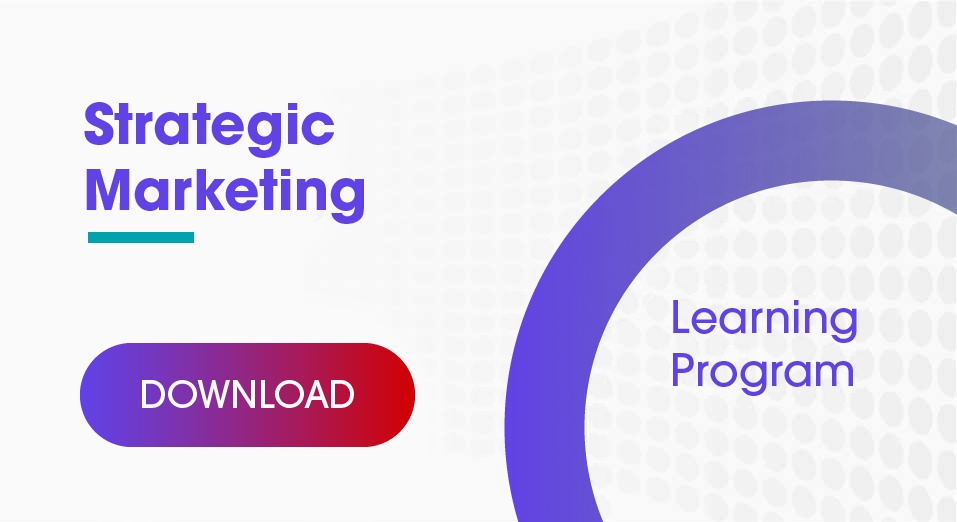Lean Startup Model for Transformation | We know we need to continually innovate. Easily said, harder to be done! What we sometimes forget, is that the need to innovate is usually driven by the changes in the external environment. However, large companies by nature are risk adverse.
As many pharmaceutical companies embark upon using new digital channels and creating new digital solutions, a new movement born in entrepreneurial start ups - The Lean Start Up, can potentially help us to transform and engage with our customers and stakeholders.
In the Lean Start Up model, rather than wasting time creating elaborate detailed plans, it offers a way to test your vision continuously, adapting and adjusting, before it’s too late. It favours experimentation over our traditional long detailed planning. It also favours customer feedback over historical proven practices or even intuition. And it also favours iterative development over traditional “big design up front” approaches.
At the heart of most startups, is a temporary business seeking a repeatable and scalable business model. Any pre-defined plan is a waste of time since they do not know what the final product or business actually will be yet. The core lesson we can take from The Lean Start Up model and use in our digital transformation initiatives - before embarking upon large regional or global roll outs - is to
- Start small;
- Co-create;
- Fail fast;
- Continuous learn and adapt.
Applying Some of the Lean Start Up Principles
-
Entrepreneurs are everywhere, including within our organisations.
Entrepreneurship is really a type of management. If we frame it like this, it is more palatable and we can keep an open mind regarding how we can apply some of the principles. Activate your entrepreneurial mindset today.
Let us think of each of our digital transformation projects as a ‘start up’ type project. We know we need to transform the way we are doing things, and we have agreed digital channel integration will meet customer needs and preferences, and deliver a better customer interaction, which in turn will deepen our engagement. We may even have some ideas on what the end might look like, but we are not sure how we get there or what the final output will look like.
-
The Lean Start Up Model involves lean thinking
That is, before we start, we will engage in crowd sourcing from our talented internal teams and co-creating with our customers.
Don’t get caught up on the ‘how’ right now, just keep an open mind that this can be possible. Everything is figure-out-able! (A phrased coined by someone else that I have adopted as it changes one’s perspective of all challenges.)
-
‘Build-Measure-Learn feedback loop
The Lean Start Up model, avoids making a lot of assumptions, by constantly making adjustments with a steering wheel called the ‘build-measure-learn feedback loop’.
Productivity in The Lean Start Up model is very different – it is not longer if the project is tracking on time and to budget, rather everything is understood to be an experiment designed to achieve validated learning. In order to achieve this, a minimum viable product (MVP) is rapidly developed and tested with the internal team and with real customers. MVPs need to be good enough to validate that your customers see the value and are willing to look past the initial flaws.
-
Avoid using vanity metrics
This means the metrics that let us know how we are progressing are going to be very different to the ‘vanity’ metrics often used now when reporting back to the key stakeholders on how our large expensive strategic initiative is going.
[A vanity metric makes us look good, but they rarely indicate of whether we are adding value or even producing something the customer wants. For example: number of countries who have gone live with a new digital sales aid; the number of brands who now have a HCP website; or the number of visits in total to a new HCP website; number of emails sent to HCPs; and so on, just make us look busy but are not measuring value.]
-
The Lean Startup Dilemma: Persevere or pivot?
Through this process we can learn if and when to persevere through troubled times, or make a sharp turn - referred to as ‘a pivot’. Unfortunately this is one principle that is difficult to apply due to the other factors at play in the organisation.
Often failure is not respected and costs money; plus the assumed consequences can be too impactful on individuals. Worse still, the reward systems tend to favour denying failure. We will need to redefine success at the very least. The concept of ‘pivoting’ will also require executive teams to be open to new directions based on customer feedback, which is also not common in current organisational DNA.
-
Apply the long term game tactics, using short term fast iterations.
However, the ‘build measure learn feedback loop’ is the simplest of The Lean Start Up principles to implement in large organisations. We love data which is at the core of this methodology and so this discipline is easily understood and adapted.
You will be making data driven decisions! However, the difference will be that we will be measuring to learn and adjust, not just measuring against end goals. Success will not be delivering a new digital feature or product as per the pre-defined and approved project plan; success will be learning how to solve the core customer’s dilemma, using potentially digital content and technologies, iterating continuously.
On the surface it may seem to be a longer more costly process, however, mistakes are detected early, redundant content or features are eliminated and/or modified, well before the investment in things such as salesforce training and wide spread deployment. Plus you know it works and is effective within a small batch before scaling up and using valuable resources. It will in effect, save your money.
Summary for Successful Digital Transformations
Think about how will you be creating value for your customer. Get out of the office. Go and talk to both your internal users and the external customers, and build a minimum viable product (MVP). Get feedback and revise. You are encouraged to value customer feedback over a dramatic unveiling of the finished product.
So in summary, applying some of the core principle from the Lean Start Up is possible in digital transformation projects, and can offer a pathway to successful transformations without producing a lot of beautiful complex digital assets that are not adding any value to the customer or the business:
- Activate your entrepreneurial mindset;
- Crowd source the talent in your organisation;
- Understand and engage your customers in co-creating;
- Implement the ‘build measure learn feedback loop’, build a minimum viable product to test;
- Select the right numbers that tell a compelling story (whether good or bad) to help you persevere or know when to pivot [avoid ‘vanity’ metrics]; and
- Think big, but start small, scaling up only when you have a viable product valued by your customers.
If you are interested in our mobile learning solutions on digital channels, contact Actando.
The Actando Consulting Team




.jpg?t=1491994604881&width=850&name=Untitled%20design%20(51).jpg)

.jpg?t=1489404869036&width=850&name=Untitled%20design%20(41).jpg)


.jpg?t=1488301484205&width=850&name=Untitled%20design%20(40).jpg)


